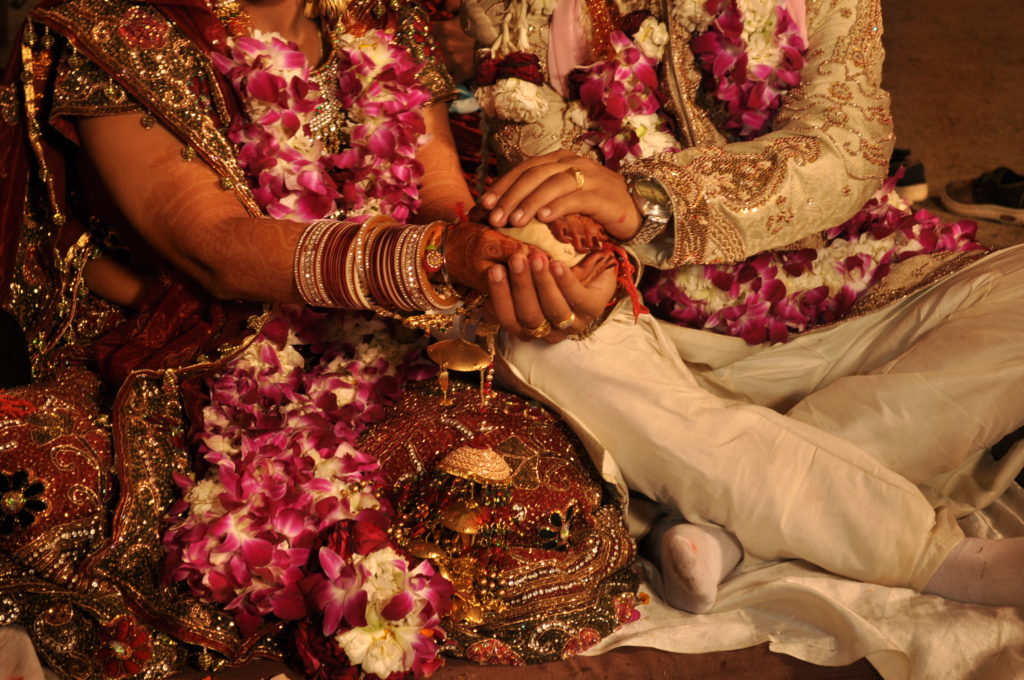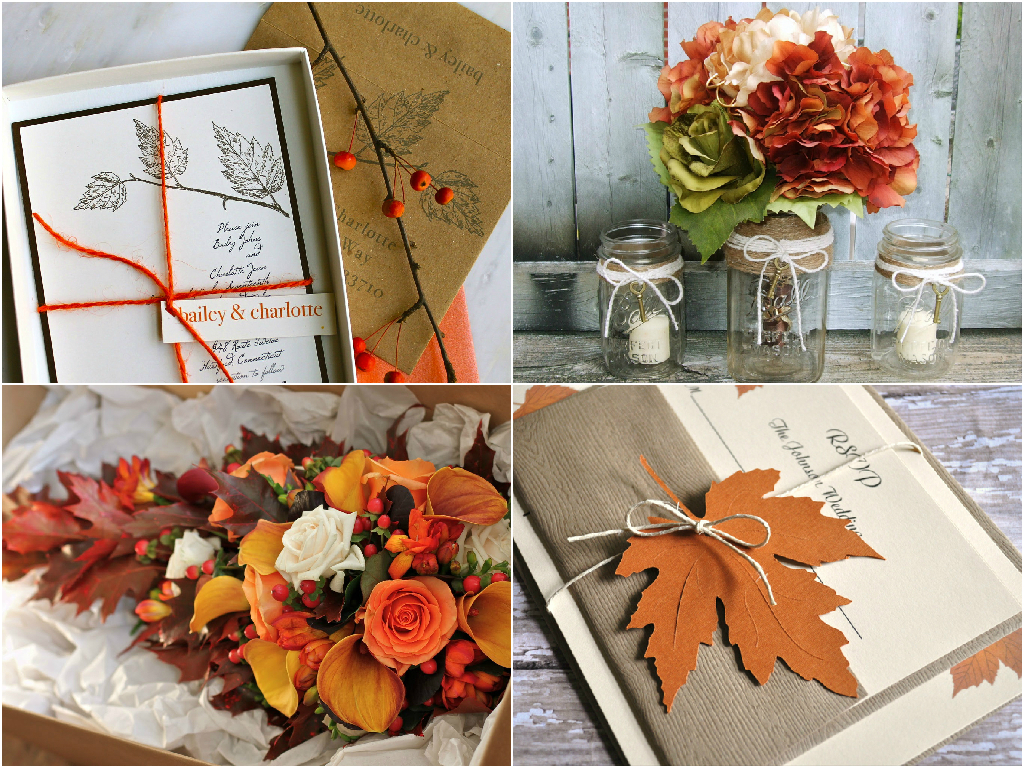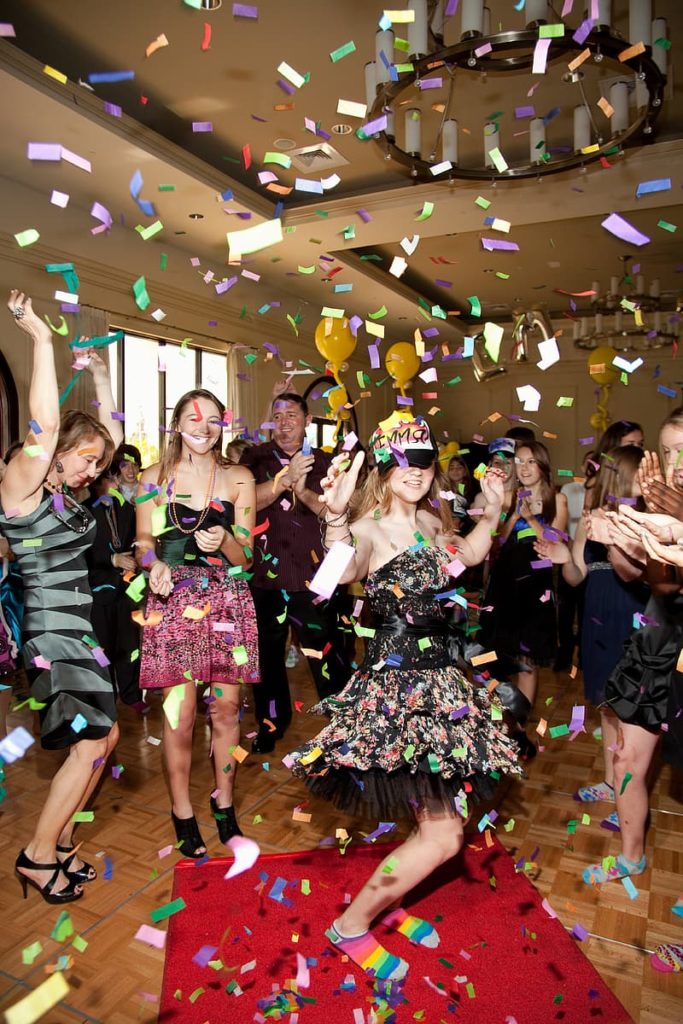Indian weddings are extravagant compared to Western culture, and regardless of religion, the entire wedding ceremony involves a host of rituals that make it dreamy and beautiful. These rituals are accompanied by various exciting and important traditions depending on the culture and region. This is why many people from all over the world attend. When you receive an Indian wedding card and plan to attend the ceremony, you should be aware of certain rules of etiquette. If you decide to attend the wedding, whether it is traditional Hindu, Muslim or Sikh, you will probably be overwhelmed by the bewildering array of Indian wedding traditions, rituals and etiquette. But with the following tips in mind, you will enjoy Indian weddings with grace, ease and pleasure.

1. A Three Day Celebration
Indian weddings often last at least three days. The first day is usually devoted to a Ganesha Pooja, a Hindu festival that worships the god Ganesha. It usually takes place at home with family and close friends. The second day is reserved for the mehndi or sangeet ceremony, in which the bride and her guests decorate their hands and feet with intricate henna designs, followed by dance performances and dinner. The third day is dedicated to the morning wedding ceremony, followed by the evening reception.
2. Location of the ceremony
Indian weddings often take place in hotel banqueting halls or Hindu temples. The ceremony takes place in a decorated four-pillar, pavilion-like structure called a mandap. Chairs will be set up in front of the mandap to allow you to watch the ceremony, with the first rows usually reserved for the family and the wedding party.
3. The Sacred Fire Ritual
The priest lights a sacred fire called the Agni. The couple usually takes seven steps around the fire, symbolizing seven sacred vows to each other. The ceremony can last from one to four hours, so make sure you are well hydrated and full of energy before you find your place.

4. More than a ring
Instead of the typical ring to signify the newly engaged couple, the bride usually has a red powder line applied to the part of her hair, as well as a black and gold necklace called the mangal sutra. These two objects symbolize a couple’s devotion to each other.
5. Colored Indian Dress
You’ll notice that fashion in an Indian wedding is anything but discreet, so the brighter the better. Most female guests attend weddings wearing saris, lehengas, and colorful Indian suits adorned with sparkling jewelry. If you don’t own Indian clothing, feel free to wear a bright dress or shawl. Avoid wearing black or white, as these colors often have negative connotations in Indian culture, and red, as this is the color the bride usually wears.
6. Eat Plenty
Be prepared to loosen your drawstring when attending an Indian wedding. With a plethora of cocktail hours, aperitif stations, buffets and desserts throughout the event, you may want to be on time. We recommend you try a little of everything.
7. Tons of people
There will be hundreds and hundreds of people at an Indian wedding, and it is easy to get overwhelmed. The groom may be on horseback or on an elephant when he enters the ceremony. Just sit back, relax and have a great time in the midst of a crowd of energetic guests.

8. Gifts
Often couples do not ask for boxed gifts. Cash or gift certificates are therefore appreciated. Add a dollar to the amount because odd numbers ending in one bode well in Indian culture.
9. The Feast
After the ceremony, the couple’s families will organize a sumptuous reception to finally let loose. Part of the party includes a reception program with speeches and songs, dances and skits for the couple. After the program, a huge buffet dinner and dance party will take place. Bring your most fashionable, yet comfortable dancing shoes – you will need them!




